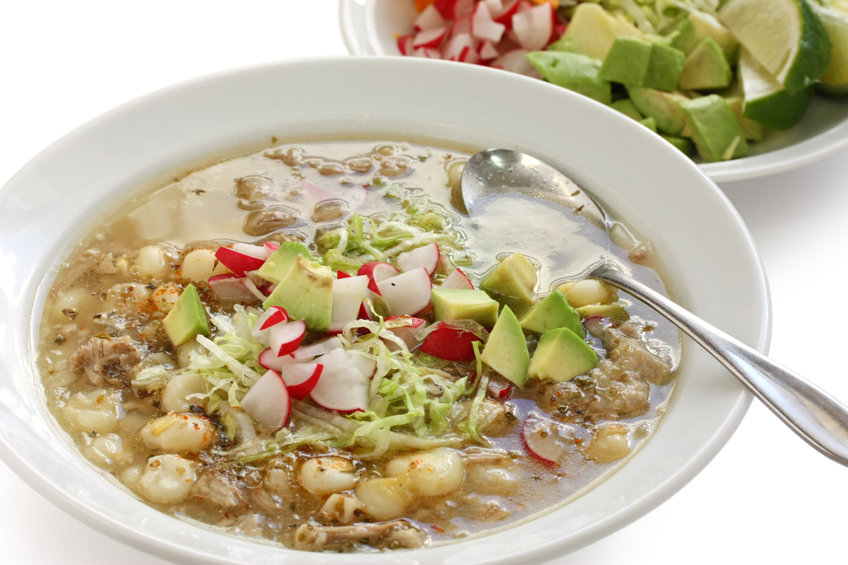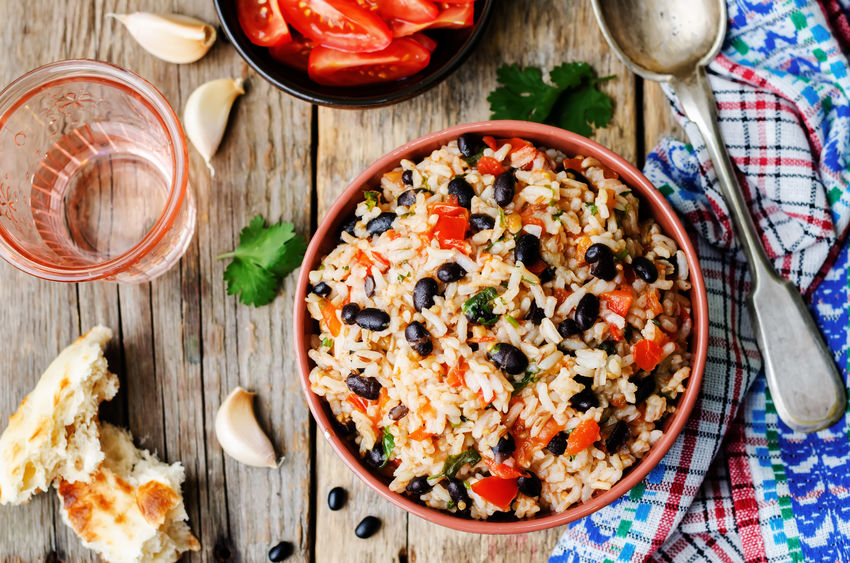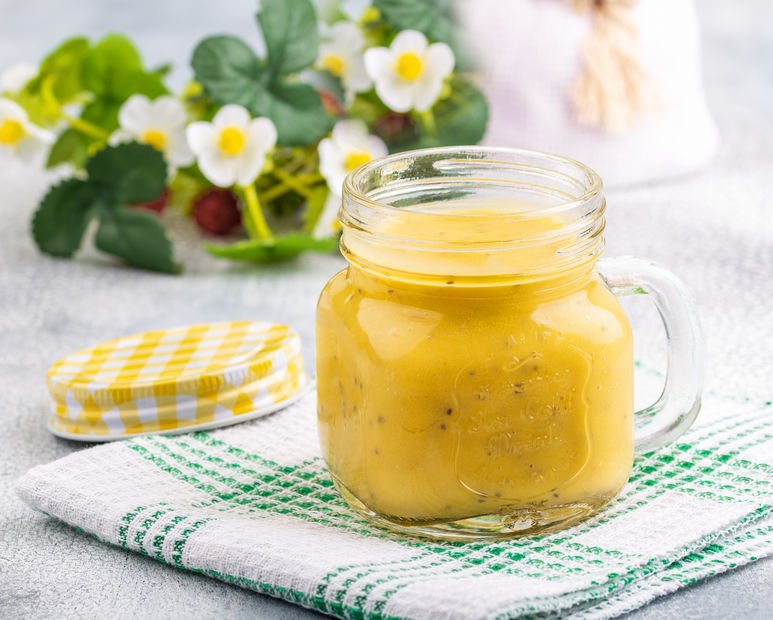Expert Tips for Combatting Bad Breath
By Jane Roots, RDH | Dental Hygienist
According to a study published by the National Institute of Health, while wearing a mask to prevent the spread of COVID, 34% of participants realized they had bad breath. Guess what? It wasn’t the mask. Just like breathing into cupped hands to check your breath, talking or exhaling through your mouth while wearing a mask traps air causing you to smell your own breath. Thankfully, knowing is half the battle. As we move away from mask requirements in public places, you may breathe a breath of fresh air, but let’s not forget about the the monster in your mouth.
For some, restoring fresh breath can be as easy as grabbing a mint or a piece of gum, but for those with chronic bad breath, or halitosis, the key factor in preventing it is determining the cause. From something as minor as changing your brushing habits to screening for a serious health condition, try these tips for fresher breath.
Brush and Floss
The American Dental Association recommends brushing your teeth twice a day and flossing between your teeth once a day. Proper brushing means spending at least two minutes brushing all sides of your teeth. Divide your mouth into four sections: upper, lower, left and right and spend 30-seconds brushing the inside, outside and chewing surface of each section. Finally, give your tongue a quick brush as well. Proper brushing and flossing helps to get rid of plaque and leftover food particles that affect your dental health and cause bad breath.
Visit the Dentist Regularly
You should schedule dental visits every six months for routine cleanings and checkups. Removing plaque and calculus buildup keeps your teeth healthy and can detect oral health issues like gum disease and cavities that might be harboring stinky bacteria.
Oral Appliance Care
Be sure to follow care guidelines for cleaning and maintaining any oral appliances such a dentures, retainers, or mouth guards. Failing to properly care for these items can not only cause bad breath but can also make you sick or prevent the appliance from working properly.
Stay Hydrated
Keeping your mouth moist maintains a healthy saliva flow which is important for fresh breath. Be sure to drink plenty of water and consult your health care provider about any contributing factors for dry mouth, such as taking certain medications or any underlying health conditions.
Quit Smoking
Smoking is also a contributing factor to bad breath and can increase your risk for gum disease. Discuss quitting smoking with your healthcare provider, it might be easier than you think.
Diet
Eating a balanced diet is important for fresh breath and oral health. Check out our Mouth-Healthy Cookbook for tips and tasty recipes.
Talk to Your Health Care Provider
Diabetes, liver or kidney conditions and gastrointestinal disorders can cause chronic bad breath. If you have or suspect you might have an underlying health condition, talk to your health care provider.







